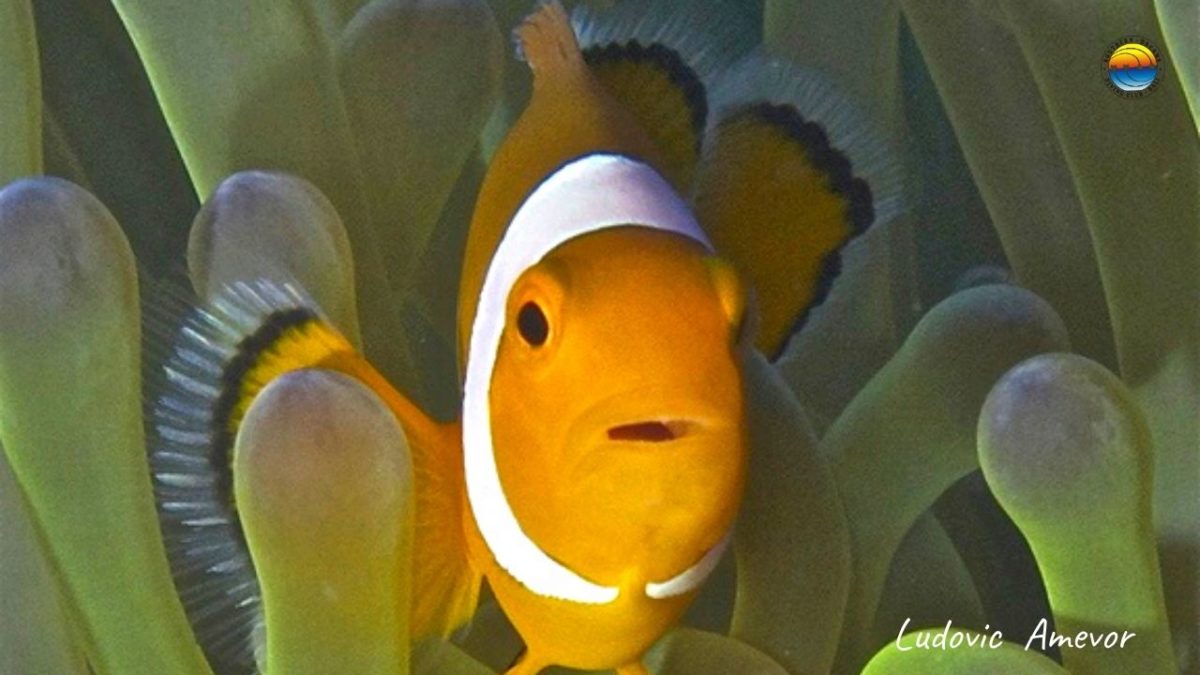Marine life in Bali, clownfish
Clownfish. 8 fun facts
1. It belongs to the subfamily amphiprioninae and there are 30 different species
Anemonefish live on reefs in the Indian and Pacific Oceans, the Red Sea, and the Great Barrier Reef of Australia. However, they cannot be seen in the Atlantic or Caribbean Seas.
The famous Nemo is a false clownfish or false anemone fish.
Video by Ludovic Amevor
2. Many clownfish live in sea anemones, with which they maintain a symbiotic relationship
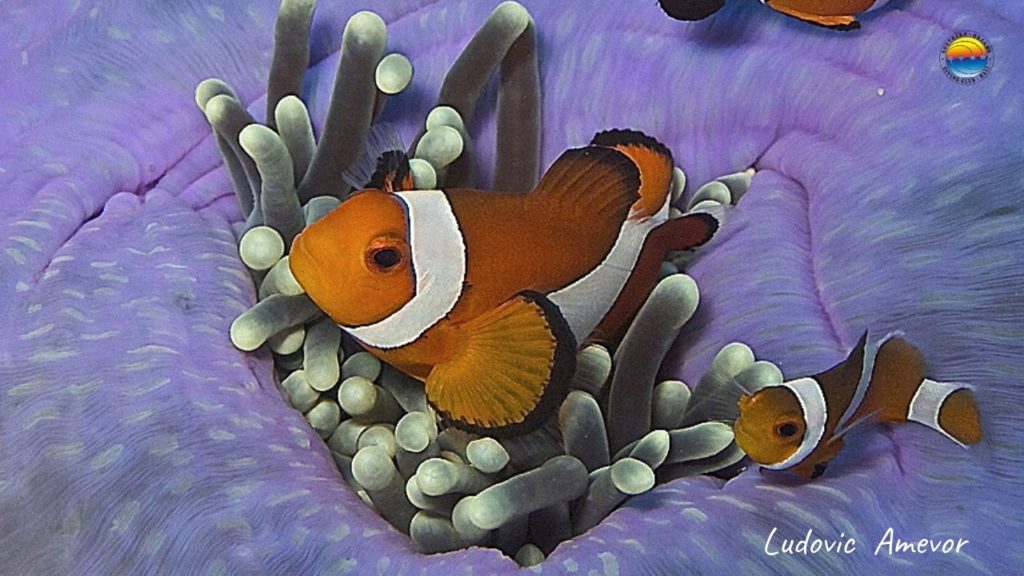
For this reason, it is also known as anemonefish, and in fact, all those belonging to this subfamily are so-called.
Anemones are predatory animals that anchor at the bottom of the sea. They feed on fish, which they paralyze with a powerful poison that they inject into the prey if the slightest friction occurs with any of their tentacles.
Anemonefish perform an elaborate dance with an anemone before taking up residence. They gently touch their tentacles with different parts of their bodies until they are acclimated to their host. At the same time, clownfish develop an immunity to the anemone toxin.
Clownfish use the anemone to protect themselves from predators and parasites. On the other hand, the anemone feeds on the feces of the clownfish. They also use clownfish because they protect it from the butterflyfish that love to eat its tentacles.
In addition, thanks to the clownfish swimming, the anemone’s tentacles get the oxygen they need.
Now, if for any reason an injury or detachment of the protective mucosa of the clownfish occurs, this, like any other animal, would be poisoned on contact with the anemone and die irremediably.
This relationship established by the clownfish and anemones is not a relationship of dependency since both can live without each other. In other words, the clownfish would not die without the presence of anemones or vice versa, but the life of these two marine species together is much easier.
3. Clownfish is omnivorous
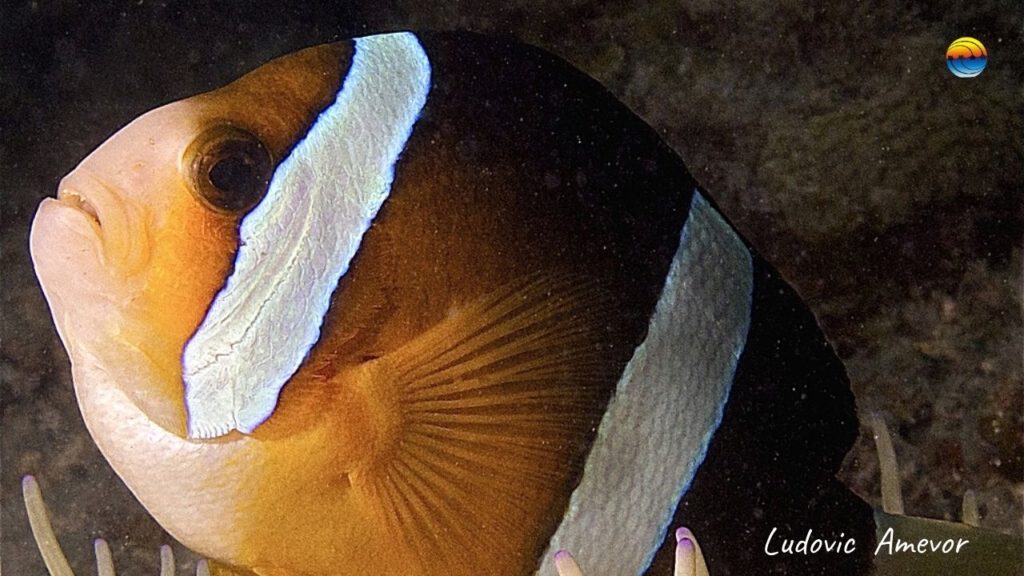
They normally feed on algae, small mollusks, crustaceans, plankton, and smaller fish as well.
When juveniles, they usually stay within the shelter of the anemone host. They will seek food as they grow, though they don’t venture much more than a few meters from their home.
4. Anemonefish live in groups led by a dominant female
Clownfish usually have a length that varies between 9 and 11 centimeters.
The dominant female is the largest one. The second-largest fish is the dominant male, while all other fish in the group are smaller males.
Clownfish are very territorial and do not hesitate to attack other species even larger than themselves if they get too close to their anemone.
5. Clownfish is hermaphrodite
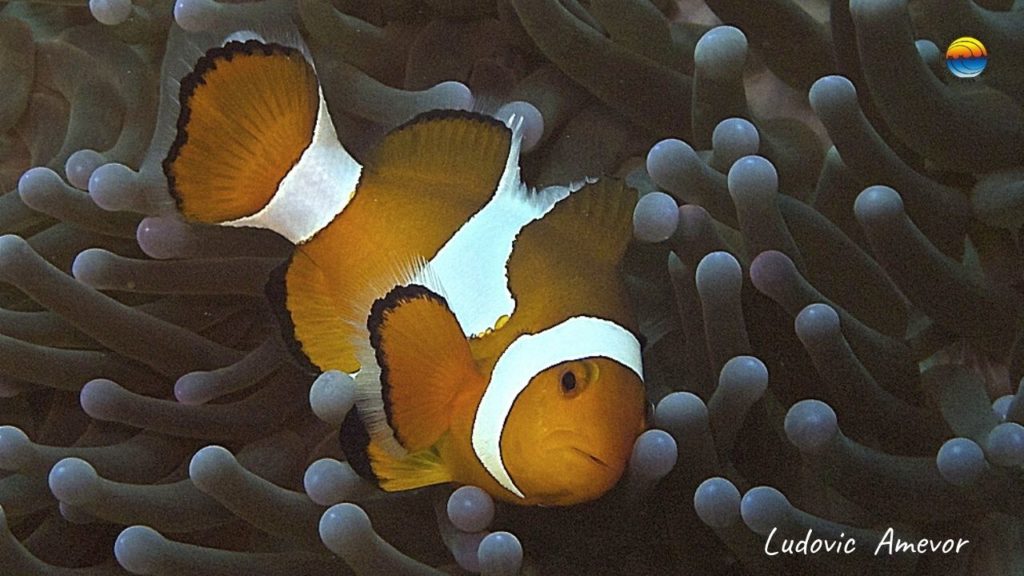
All clownfish are born male and can change into female, but once the change is made, they cannot reverse it.
This happens when the female dies. Then, the dominant male becomes a female to replace her. At the same time, the largest of the smallest males becomes the dominant male in the group.
The change of sex is a natural mechanism to guarantee the survival of the species. Nature makes sure there is another reproductive couple without the need to change the anemone.
6. All anemonefish are monogamous.
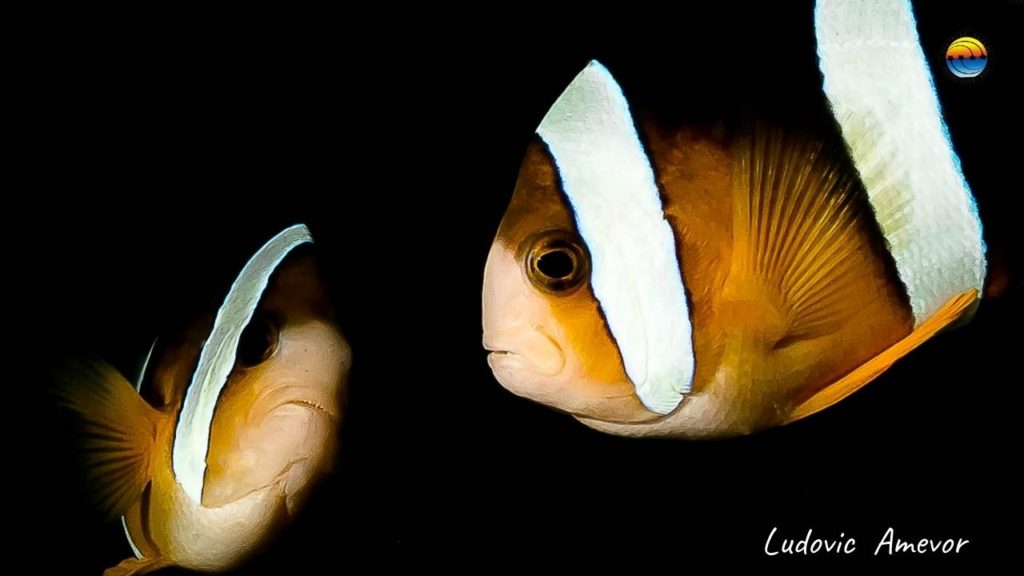
The largest clownfish will be the one that mates with the female of the group, and she will only mate with him.
When the female is about to spawn, the male searches for a flat surface near the anemone to prepare the nest. The male constantly cleans the area while the female repeatedly checks that the nest is clean.
Before spawning, the male courts the female by extending its fins while chasing her. The female passes over the nest, and when the time comes, she lays the eggs.
Depending on the species, they can lay between 100 and 1,000 eggs at a time.
The male then passes over the nest, releasing sperm to fertilize the eggs, and the female returns to the anemone.
The male takes care of the eggs while they develop, which can last 6 to 8 days. The male continuously cleans the eggs and even eats those that have not been fertilized or damaged.
At birth, clownfish are small, almost transparent larvae. From the first moment, they are independent. They will spend the first days of life floating adrift until they find their anemone to live in.
7. Nemo effect
Sadly, following the 2003 movie Finding Nemo, aquarium clownfish sales skyrocketed.
Furthermore, due to global warming and acidification of the waters, many reefs where clownfish live are being lost, causing a great decrease in the number of these fish.
8. Where can we dive in Bali with clownfish?
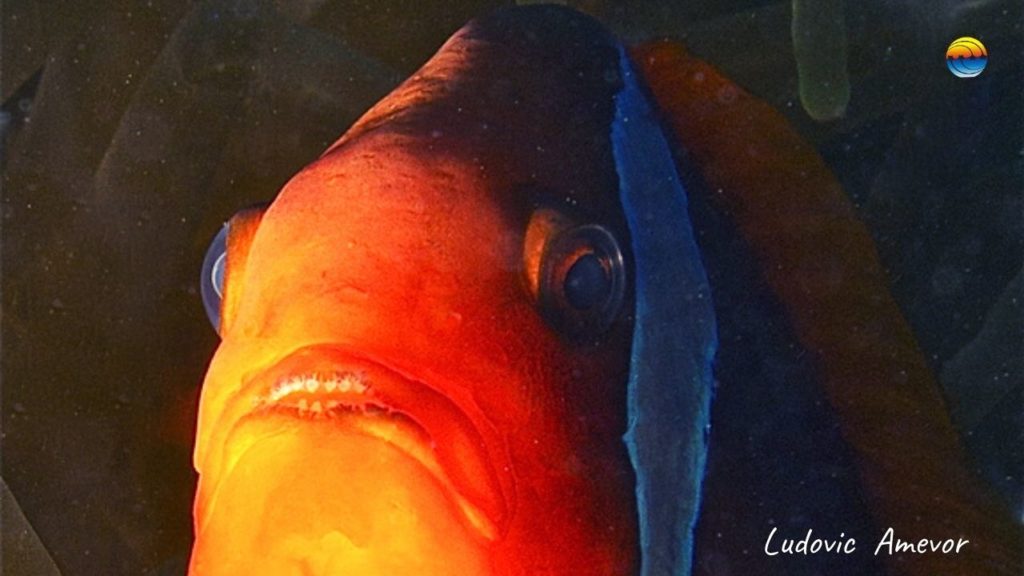
Anemonefish are very common in Bali. Many different species live here, and we can see them in almost all the dives on the East Coast, for example, in Candidasa, Padangbai, Amed, and Tulamben.
👉 Get the latest news about marine life in Bali on our blog
Would you like to dive with us?

